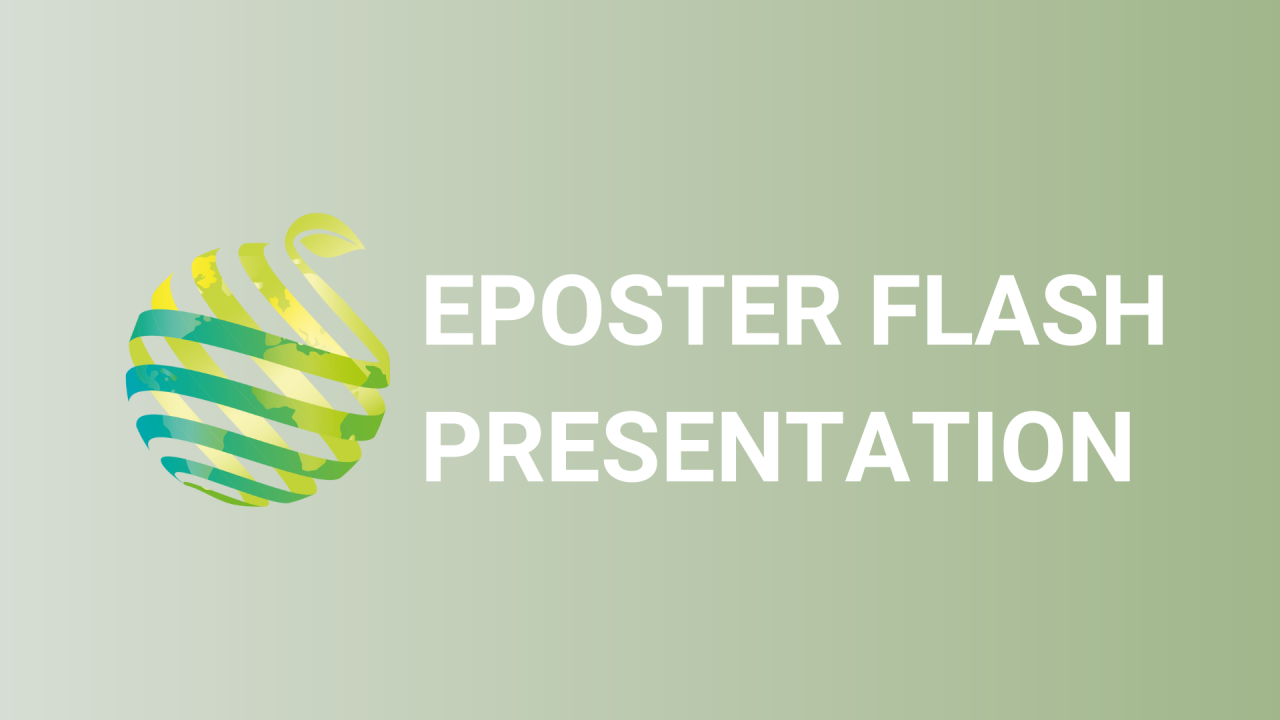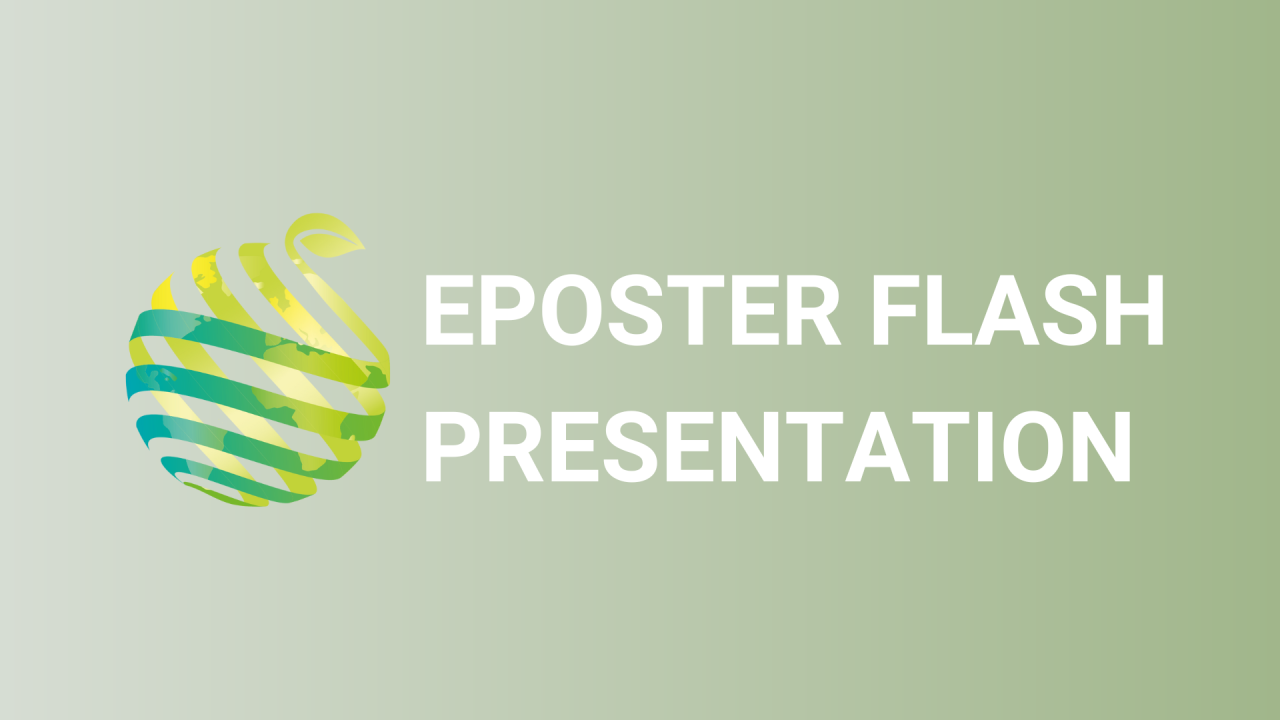

S06 - Session P7 - Analysis of light interception, photosynthesis, and growth of greenhouse sweet peppers according to number of trained stems and supplemental lighting using 3D plant models and ray-tracing simulation
Information
Authors: Inha Hwang *, Dongpil Kim, Seungri Yoon, Jin Hyun Kim, Jung Eek Son
Crops are vertically trained to maximize yield in greenhouses, but light deficiency often occurs due to increased number of stems. The objective of this study was to evaluate the effect of supplemental lighting on the growth and fruit yield of 2- and 3-stem trained sweet peppers using 3D plant model and ray-tracing simulation. The seedlings were transplanted at a planting density of 3.5 plants·m -2 on Oct. 26, 2020 in a greenhouse at the Protected Horticulture Research Institute, Haman, Korea. Supplemental lighting started from Dec. 1, 2020 to May 25, 2021 using high-pressure sodium (HPS) lamps of 180 µmol m -2 s -1 for 16-hour photoperiod. 3D-scanned plant models were constructed at 30, 90 and 140 days after transplanting (DAT). Crop photosynthesis was calculated from simulated light capture using the modified FvCB model. The height of the plants with 2 stems was higher than that with 3 stems, but the total leaf area showed no significance with number of stems. The number of nodes increased in 3-stem plants than in 2-stem plants, resulting in higher fruit counts in 3-stem plants. With supplemental lighting, the total fruit yields per plant with 2- and 3-stems were significantly increased by 58.8% and 110%, respectively, in HPS compared to the control. The 3D analysis enabled to estimate the accurate light interception and photosynthetic rate of the canopy. Simulation results indicated that the supplemental lighting improved the total photosynthetic assimilation of 3-stem plants compared to 2-stem plants due to improved light capture. However, individual fruit fresh and dry weights decreased in 3-stem plants due to increased fruit sink strength with higher fruit counts. (This work was supported by IPET and KosFarm funded by MAFRA, MSIT, and RDA; 421001-03)